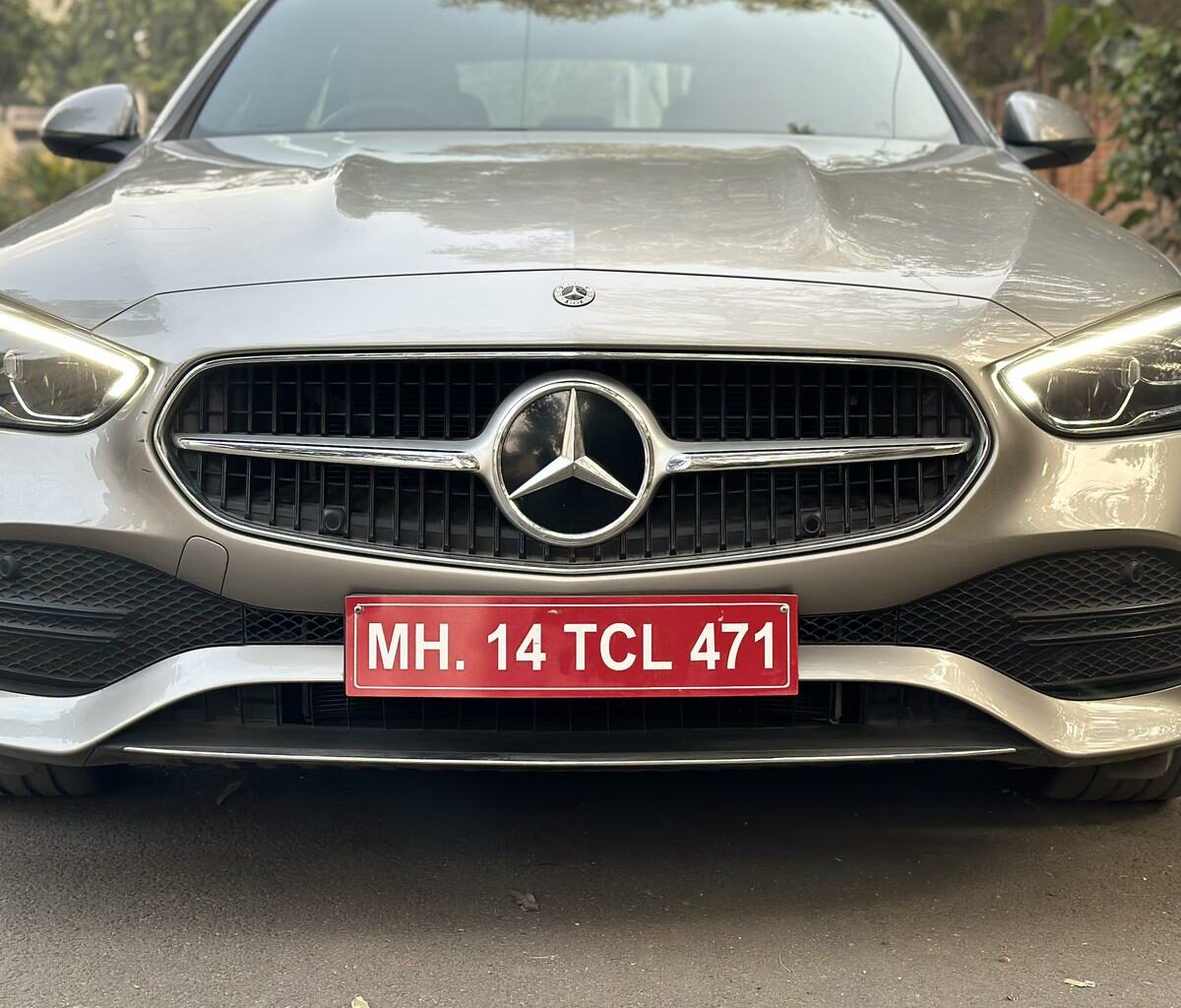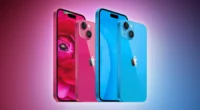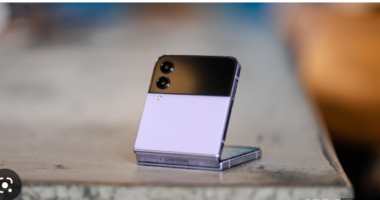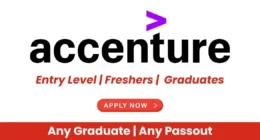In an effort to compete with Tesla and other Chinese newcomers, Mercedes-Benz announced on Wednesday that it has formed a partnership with Google on navigation and will offer “super computer-like performance” in each vehicle that is equipped with automated driving sensors.
Automobile manufacturers are competing with one another to develop software systems in collaboration with technology companies that customers will recognise. However, the automotive manufacturers are also interested in retaining control over their customer relationships and the valuable data that is produced by their products.
At an event held in Sunnyvale, California, Chief Executive Ola Kaellenius stated that “every single Mercedes from that point forward will have a supercomputer in it.” He was speaking in reference to the mid-decade launch of the company’s new operating system, which is called MB.OS.
Also Read: Google Achieves a Significant ‘Milestone’ in Quantum Computing Usability
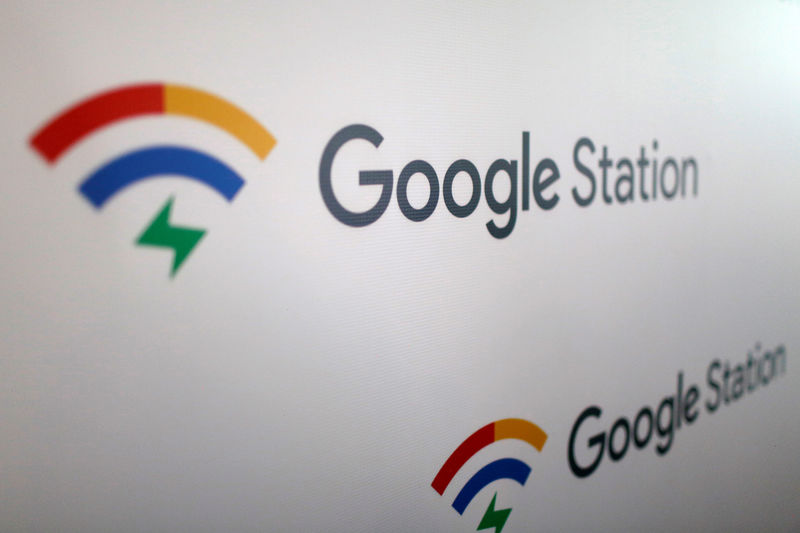
The automobile manufacturer’s software-enabled revenues totaled more than one billion euros ($1.06 billion) in 2022, and the company anticipates that this figure will rise to a high single-digit billion euro figure by the time the decade is over.
This estimate is a lower percentage of total revenue compared to estimates provided by other companies such as Stellantis and General Motors. This shows that this estimate is more conservative. According to what Kaellenius had to say about it, “We take a prudent approach because no one knows how big that potential pot of gold is at this stage.”
According to Kaellenius, automobiles that run on the upcoming modular architecture platform that Mercedes is developing will feature what are known as “hyperscreens” that stretch across the cockpit of the vehicle and an extensive collection of sensors for automated driving.
Also Read: The AI-Powered ‘Magic Eraser’ in Google Photos Is Now a Google One Subscription Feature.
He reasoned that the sunk costs would be low even if drivers did not turn on every feature that was allowed by the chip because you only pay for a chip that is heavily subsidised, and then you figure out how to maximise joint revenue. “You only pay for a heavily subsidised chip,” he said.
However, only customers who pay for an additional option package will have cars equipped with Lidar sensor technology and other hardware for automated “Level 3” driving, which have a higher variable cost, according to Kaellenius. These features will only be available to customers who pay for the package.
Luminar Technologies Inc., a maker of self-driving sensors, announced on Wednesday that it had struck a multi-billion dollar deal with the automaker Mercedes to integrate its sensors across a broad range of its vehicles by the middle of the decade. This news caused Luminar shares to increase by more than 25%. Mercedes owns a small stake in Luminar Technologies.
Also Read: Google’s $168 Billion In Ad Revenue At Risk In Supreme Court Case
Mercedes’ announcements made at a software update day in Sunnyvale, California, detailed the strategy behind a process that has been ongoing for years at the carmaker to transition from a patchwork approach integrating software from a range of suppliers to controlling the core of its software and bringing partners in. This process aims to move the carmaker away from a model that integrates software in pieces from a variety of sources.
GOOGLE PARTNERSHIP
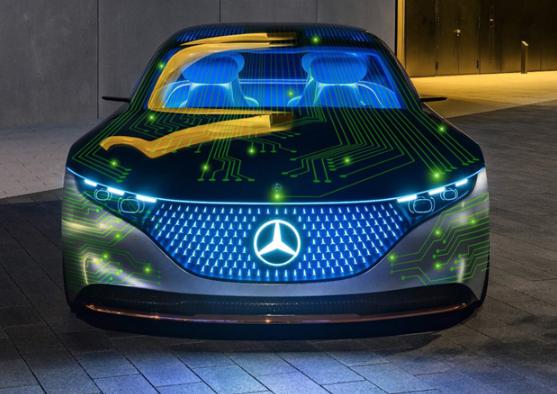
Mercedes stated that the partnership with Google would enable it to provide drivers with traffic information as well as automatic rerouting in their vehicles. When the vehicle is parked or in Level 3 autonomous driving mode, which allows a driver to take their eyes off the wheel on certain roads as long as they can resume control of the vehicle if necessary, drivers will also be able to watch YouTube on the car’s entertainment system. This feature will be available to drivers when the vehicle is manufactured.
Other automakers, such as General Motors, Renault, Nissan, and Ford, have incorporated an entire suite of Google services into their vehicles. These vehicles come equipped with a variety of applications, including Google Maps and Google Assistant, amongst others.
The company announced on Wednesday that all of the vehicles that will be built on its upcoming modular architecture platform will also have what are being called “hyperscreens” that stretch across the entirety of the cockpit of the vehicle.
Also Read: India allows Google, Amazon as online payment aggregators
